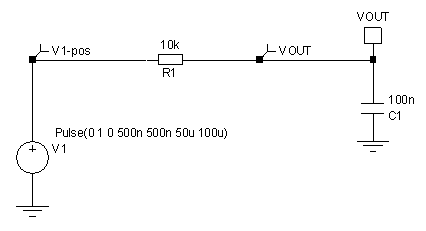hiren_dave
Member level 1

- Joined
- Jul 3, 2012
- Messages
- 40
- Helped
- 1
- Reputation
- 2
- Reaction score
- 1
- Trophy points
- 1,288
- Location
- AHMEDABAD,INDIA
- Activity points
- 1,535
Hi. friends...
i shown one circuit it gives variable output voltage as per the change in input pulse width.
if input pulse width (on time) will increase than output voltage also increases and vice verse.
how it can be?
how should i design this circuit???
i shown one circuit it gives variable output voltage as per the change in input pulse width.
if input pulse width (on time) will increase than output voltage also increases and vice verse.
how it can be?
how should i design this circuit???



